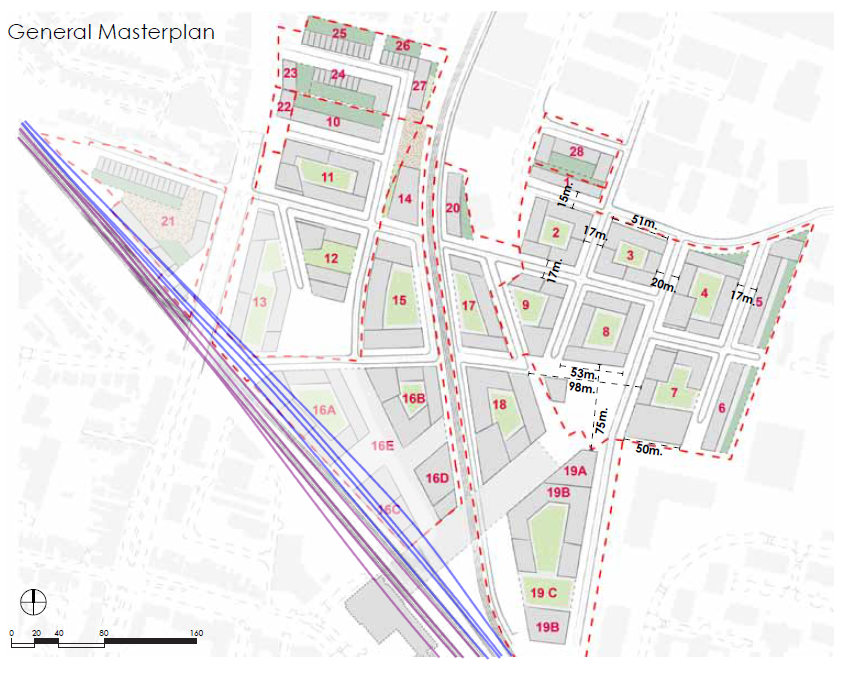Apologies if this has a thread elsewhere, but I couldn't find one.
Once again plans are afoot to redevelop Watford Junction, which in the usual form, means little to no improvement to the railway and building lots of very profitable buildings on former railway land.
My main response for concern was that the development basically seems to be a land grab that makes no provision for the railway to expand in the future. The most obvious easy win would be to rebuild platform 10 as a through platform so that platform 9 could be used as a non-conflicting 12-car termination platform from either direction as required. This obviously has an impact as having new blocks built up to the current up slow means there's no room for the track!
Medium-term, widening the platforms would be helpful as they can get dangerously congested in the peaks, especially if services are disrupted.
...and finally, longer-term, the construction of an additional island platform alongside the 9 & 10 island would enable the slow lines to have 4 platforms (and the fast lines 3), permitting longer dwell times, high frequency central turnbacks, and overtaking.
The plan also appears to resurrect the futile plan to convert the Abbey Line to light rail, which can be seen on the plan as basically being a road, with the roads in the new development aligned for at-grade standard crossroads where they meet the line.
Feel free to comment away to the council.
https://watford.jdi-consult.net/localplan/readdoc.php?from=webrep&docid=20&docelemid=d494#d494
Once again plans are afoot to redevelop Watford Junction, which in the usual form, means little to no improvement to the railway and building lots of very profitable buildings on former railway land.
My main response for concern was that the development basically seems to be a land grab that makes no provision for the railway to expand in the future. The most obvious easy win would be to rebuild platform 10 as a through platform so that platform 9 could be used as a non-conflicting 12-car termination platform from either direction as required. This obviously has an impact as having new blocks built up to the current up slow means there's no room for the track!
Medium-term, widening the platforms would be helpful as they can get dangerously congested in the peaks, especially if services are disrupted.
...and finally, longer-term, the construction of an additional island platform alongside the 9 & 10 island would enable the slow lines to have 4 platforms (and the fast lines 3), permitting longer dwell times, high frequency central turnbacks, and overtaking.
The plan also appears to resurrect the futile plan to convert the Abbey Line to light rail, which can be seen on the plan as basically being a road, with the roads in the new development aligned for at-grade standard crossroads where they meet the line.
Feel free to comment away to the council.
https://watford.jdi-consult.net/localplan/readdoc.php?from=webrep&docid=20&docelemid=d494#d494


